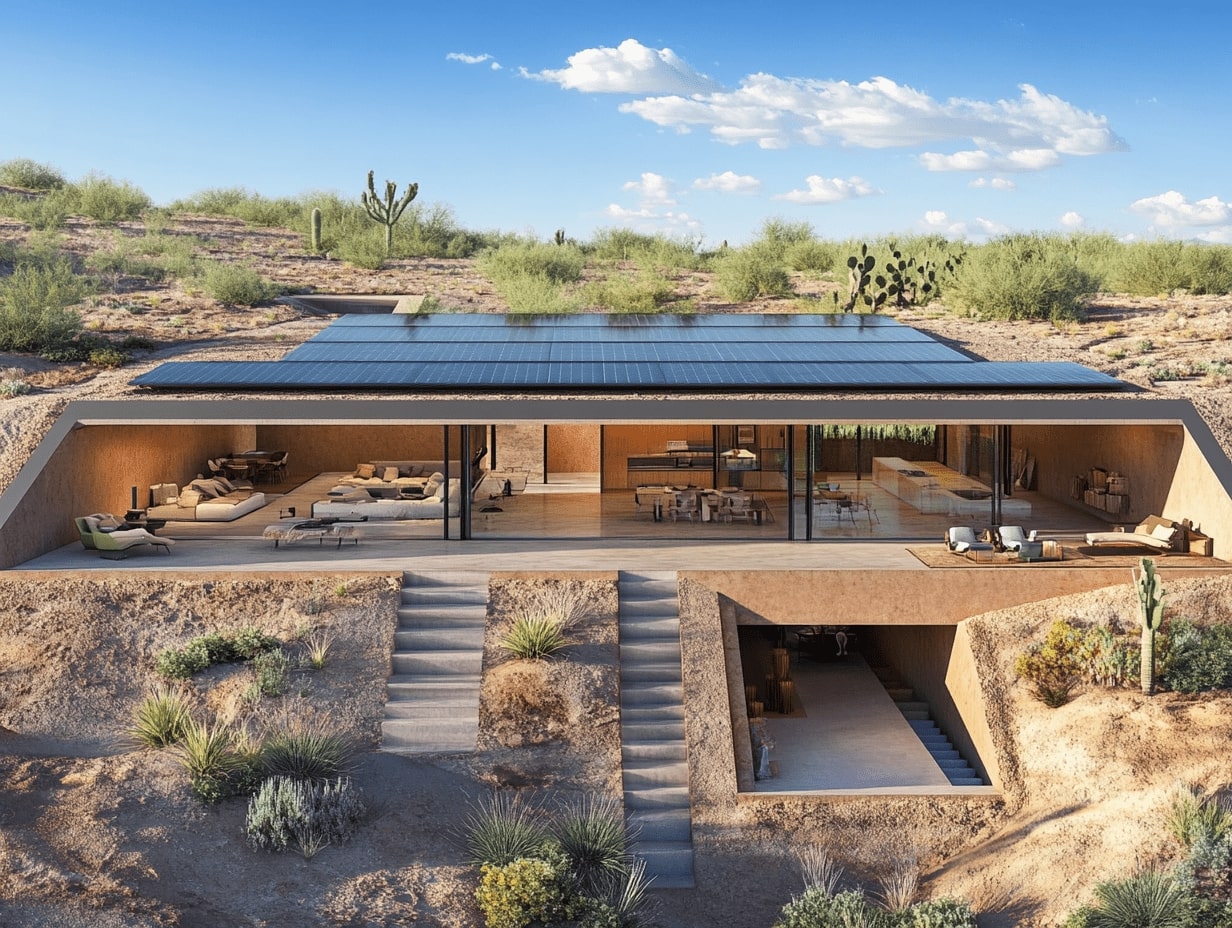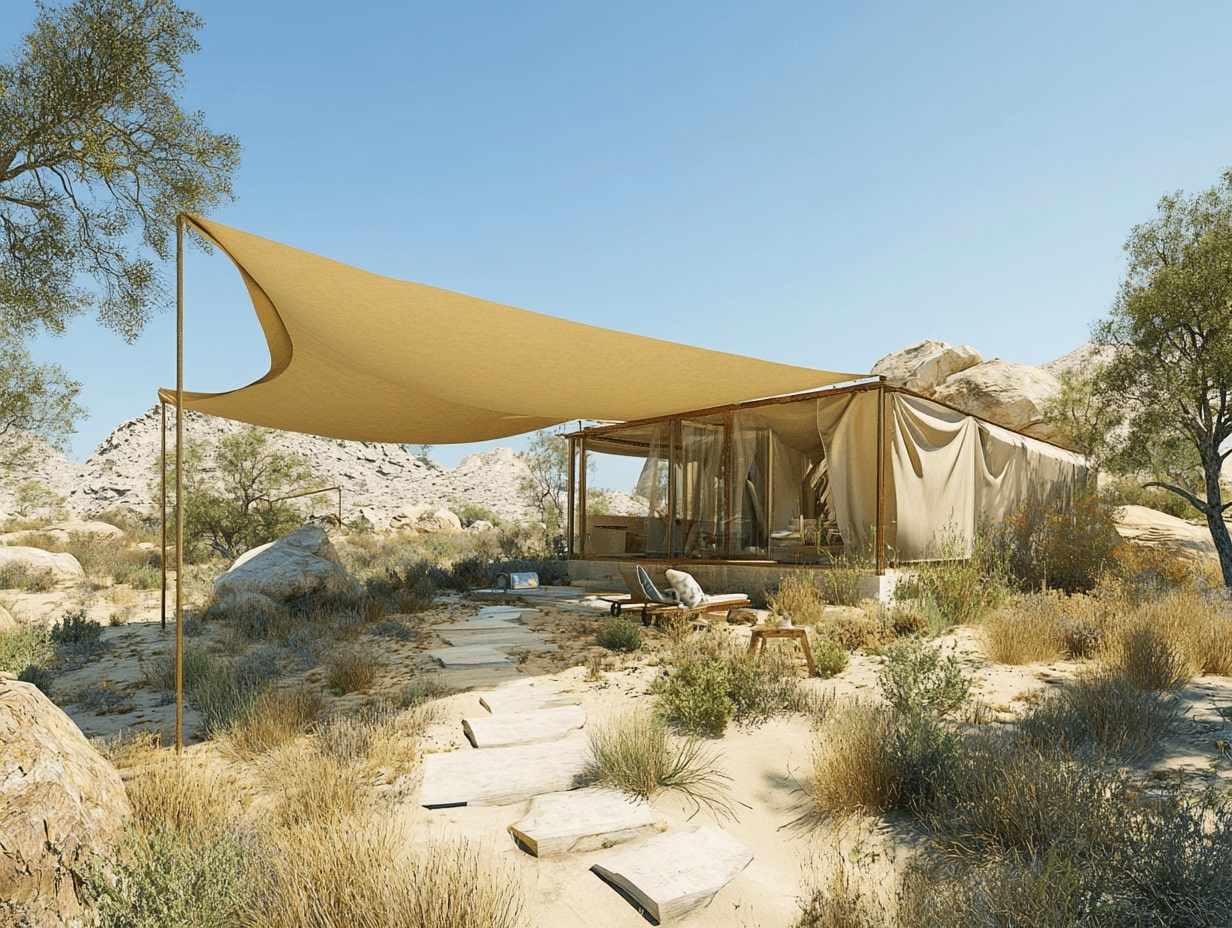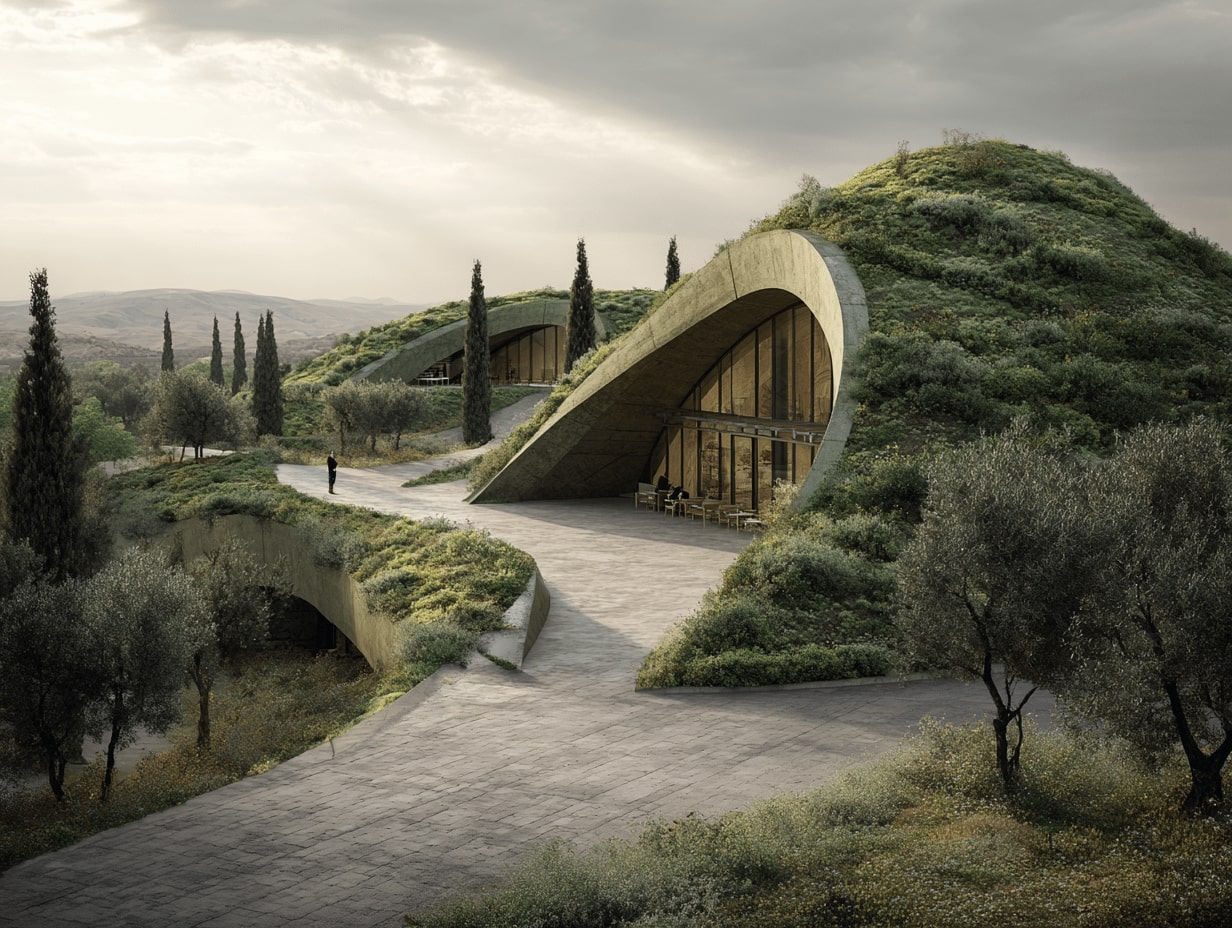- Home
- Articles
- Architectural Portfolio
- Architectral Presentation
- Inspirational Stories
- Architecture News
- Visualization
- BIM Industry
- Facade Design
- Parametric Design
- Career
- Landscape Architecture
- Construction
- Artificial Intelligence
- Sketching
- Design Softwares
- Diagrams
- Writing
- Architectural Tips
- Sustainability
- Courses
- Concept
- Technology
- History & Heritage
- Future of Architecture
- Guides & How-To
- Projects
- Interior Design
- Competitions
- Jobs
- Store
- Tools
- More
- Home
- Articles
- Architectural Portfolio
- Architectral Presentation
- Inspirational Stories
- Architecture News
- Visualization
- BIM Industry
- Facade Design
- Parametric Design
- Career
- Landscape Architecture
- Construction
- Artificial Intelligence
- Sketching
- Design Softwares
- Diagrams
- Writing
- Architectural Tips
- Sustainability
- Courses
- Concept
- Technology
- History & Heritage
- Future of Architecture
- Guides & How-To
- Projects
- Interior Design
- Competitions
- Jobs
- Store
- Tools
- More
Exploring Off Grid Desert Architecture: Sustainable Living in Arid Environments
Discover the future of living with off-grid desert architecture, a sustainable trend harmonizing with nature. This article explores innovative designs that utilize solar energy, local materials, and water conservation techniques for self-sufficient living in arid landscapes.

In a world increasingly focused on sustainability, off-grid desert architecture is capturing our imagination. These innovative designs not only embrace the stark beauty of arid landscapes but also challenge us to rethink how we live in harmony with nature. By harnessing solar energy, utilizing local materials, and implementing water conservation techniques, we can create self-sufficient spaces that thrive in harsh environments.
As we explore the principles and practices behind off-grid desert architecture, we’ll uncover how these structures offer a blueprint for resilience and adaptability. From minimalist homes nestled among cacti to community hubs that foster connection, this architectural movement is redefining our relationship with the land. Join us as we delve into the fascinating world of building sustainably in the desert.

Table of Contents
ToggleUnderstanding Off Grid Desert Architecture
Off-grid desert architecture combines ecological design principles with the challenges of arid landscapes. This approach emphasizes sustainability and self-sufficiency, ensuring that structures coexist harmoniously with their surroundings.

Definition and Key Concepts
Off-grid desert architecture refers to building methods that operate independently of municipal infrastructure. These constructions utilize renewable energy sources such as solar and wind power. They incorporate local materials, which minimizes transportation costs and supports regional economies. Key concepts include:
- Self-Sufficiency: Structures generate their own energy and manage water supply.
- Resource Efficiency: Emphasis on minimizing waste and optimizing natural resources.
- Passive Design: Features like natural ventilation and thermal mass regulate indoor temperature.
- Integration with Nature: Designs blend with the landscape, preserving the natural ecosystem.
Importance of Sustainability in Desert Environments
Sustainability plays a critical role in desert environments. Our use of sustainable practices results in:
- Water Conservation: Systems like rainwater harvesting and gray water recycling maximize water use.
- Energy-Efficient Systems: Solar panels and geothermal systems reduce reliance on fossil fuels.
- Biodiversity Support: Eco-friendly designs promote local flora and fauna, enhancing the ecosystem.
- Community Resilience: Sustainable structures create self-reliant communities able to adapt to climate variations.
These principles ensure that off-grid desert architecture not only meets the needs of its inhabitants but also contributes positively to the environment.
Design Principles of Off Grid Desert Architecture
Off-grid desert architecture embodies strategies that promote sustainability in arid conditions. Central to these strategies are passive design methods and effective water management techniques.

Passive Design Strategies
Passive design strategies optimize natural resources to regulate indoor environments. Key elements include:
- Orientation: Positioning structures to maximize sunlight exposure during winter while minimizing heat gain in summer.
- Thermal Mass: Utilizing materials like adobe or concrete to absorb heat during the day and release it at night, stabilizing indoor temperatures.
- Natural Ventilation: Designing for airflow through strategically placed windows and vents to reduce reliance on mechanical cooling.
- Shading Devices: Incorporating overhangs, pergolas, or vegetation to shield windows from harsh sunlight, thus lowering interior temperatures.
- Insulation: Employing high-quality insulation materials to maintain consistent temperatures and enhance energy efficiency.
These strategies reduce energy consumption while ensuring comfort in desert environments.
Water Management Techniques
Water management techniques are vital for sustainability in arid regions. Effective methods include:
- Rainwater Harvesting: Collecting and storing rainwater for potable and irrigation use, maximizing limited water resources.
- Greywater Recycling: Implementing systems to repurpose water from sinks and showers for landscaping or toilet flushing.
- Drought-Tolerant Landscaping: Utilizing native plants that require minimal watering, promoting biodiversity and reducing water needs.
- Efficient Irrigation: Employing drip irrigation systems to deliver water directly to plant roots, minimizing waste and maximizing absorption.
- Surface Water Management: Designing landscapes to retain water through contours or basins that allow for natural infiltration and groundwater replenishment.
These techniques enhance water conservation, supporting long-term living in desert conditions.
Innovative Materials and Technologies
Off-grid desert architecture emphasizes innovative materials and technologies that enhance sustainability and resilience in arid environments. Our approach incorporates renewable energy and local resources to create effective, self-sufficient living spaces.

Renewable Energy Sources
Renewable energy sources play a crucial role in off-grid desert architecture. Photovoltaic solar panels generate electricity, harnessing abundant sunlight. Concentrated solar power systems use mirrors or lenses to concentrate sunlight, generating heat for electricity. Wind turbines can also provide additional energy, especially in areas with consistent wind currents. Together, these technologies supply power for lighting, appliances, and HVAC systems, reducing reliance on fossil fuels.
Local and Sustainable Materials
Local and sustainable materials are foundational to off-grid desert architecture. Earth-based materials like rammed earth, adobe, and cob offer excellent thermal mass, providing natural insulation against temperature fluctuations. These materials also blend seamlessly with the desert landscape, minimizing visual impact. Additionally, reclaimed wood and straw bales can enhance structural integrity while promoting resource efficiency. Utilizing locally sourced materials reduces transportation emissions and supports local economies, making our projects environmentally and socially responsible.
Case Studies of Successful Off Grid Desert Homes
Off-grid desert homes exemplify resilience and innovation. These case studies highlight diverse designs and approaches, showcasing the effectiveness of sustainable living in arid environments.

Notable Examples
- Earthship Biotecture, Taos, New Mexico
Earthship homes integrate recycled materials and passive design principles, achieving self-sufficiency. Solar power and rainwater harvesting support the energy and water needs of these residences.
- The Desert House, Palm Springs, California
This home employs clerestory windows for natural light and ventilation. Its orientation maximizes solar energy capture, while a minimalist design reduces resource consumption and enhances sustainability.
- The Cactus Castle, Coachella Valley, California
This unique structure features rammed earth walls and an expansive green roof, balancing aesthetic appeal with thermal performance. The architecture promotes habitat preservation and utilizes renewable energy systems.
- Suburban Sanctuary, Las Vegas, Nevada
Combining native landscaping with xeriscaping, this house prioritizes water conservation. Implementing advanced water management systems, it exemplifies the commitment to sustainable living in a desert climate.
- Solar Cabin, Marfa, Texas
This eco-friendly cabin showcases off-grid solar technologies paired with local building techniques. The design emphasizes simplicity, emphasizing a small footprint while providing essential living amenities.
Lessons Learned from Each Case
- Integration of Local Materials
Each case exemplifies integrating local, sustainable materials like rammed earth and adobe, enhancing thermal performance and visual harmony with the landscape.
- Emphasis on Water Conservation
Strategies like rainwater harvesting and xeriscaping underscore effective water management, crucial in arid environments. These practices reduce dependency on municipal water sources.
- Energy Efficiency through Passive Design
Utilizing orientation for maximizing solar exposure and employing natural ventilation demonstrates the importance of passive design. These strategies minimize energy consumption and maintain indoor comfort.
- Resilience through Community Engagement
Several projects highlight community involvement, fostering a sense of belonging and cooperation. Engaging local populations creates robust support systems for sustainable living solutions.
- Flexibility in Design
Each home exhibits adaptability in design, allowing customization based on environmental conditions and personal preferences. Flexibility enhances resilience, improving occupants’ quality of life.
Challenges and Considerations
Off-grid desert architecture faces unique challenges and considerations that demand careful planning and execution. Factors like climate and environmental conditions, as well as social and cultural influences, significantly affect design and implementation.

Climate and Environmental Factors
Climate in the desert presents extreme temperatures and limited water availability. Architects must focus on effective insulation and shading strategies to maintain comfortable indoor environments. Site selection plays a critical role; structures must position themselves to maximize natural ventilation and minimize heat gain. Additionally, local climate conditions dictate the types of renewable energy systems used, requiring a tailored approach to solar, wind, or geothermal solutions. Resource scarcity demands sustainable water management techniques, including rainwater harvesting and greywater recycling. These strategies ensure resilience against drought conditions while promoting self-sufficiency.
Social and Cultural Impacts
Social structures and cultural contexts influence off-grid desert architecture significantly. We must understand local traditions and lifestyles to create appropriate living spaces. Community engagement fosters adaptability, ensuring designs incorporate collective needs and cultural practices. Building local partnerships aids in sourcing sustainable materials and promoting regional craftsmanship. Additionally, off-grid living can alter social dynamics, encouraging collaborative living and shared resources. Designs must reflect cultural heritage while promoting sustainable practices, enhancing community identity and harmony with the environment.
Future Trends in Off Grid Desert Architecture
We recognize that off-grid desert architecture continues to evolve through technological advancements and innovative design applications. This progression enhances sustainability and practicality in arid environments.

Advancements in Technologies
We see significant advancements in technologies that shape off-grid desert architecture. Smart home systems optimize energy usage by automating controls for lighting, heating, and cooling. Solar energy storage solutions, like advanced batteries, allow homeowners to harness sunlight efficiently. These systems store energy for nighttime use, reducing reliance on external power sources. Automated climate control systems adjust interior environments based on real-time weather data, maximizing comfort and efficiency.
We also observe the rise of 3D printing technologies, which facilitate the construction of sustainable homes using local materials. This method reduces waste and shortens construction times, making eco-friendly building more accessible. Furthermore, modular building components enhance flexibility in design, allowing for easy expansion or reconfiguration based on user needs.
Potential for Urban Applications
We envision the potential for off-grid desert architecture to influence urban applications. Integrating off-grid practices in urban settings promotes resilience against climate change and resource scarcity. Urban areas can adopt rainwater harvesting and greywater recycling systems similar to those in desert architectures, supporting sustainability in city landscapes.
Communal spaces featuring off-grid designs can provide essential social hubs within urban environments. These spaces encourage community engagement while utilizing renewable energy sources. By promoting locally sourced materials and construction techniques, urban developers can reduce their carbon footprints and foster a greater connection to surrounding ecosystems.
We also emphasize that urban dwellers can benefit from passive design strategies found in desert architecture. Concepts like natural ventilation, strategic shading, and thermal mass can improve energy efficiency in densely populated areas, creating more sustainable urban living. As we advance, these trends present opportunities to redefine not only desert living but urban landscapes as well.
Conclusion
Off-grid desert architecture showcases a transformative approach to sustainable living in arid regions. By prioritizing self-sufficiency, resource efficiency, and integration with nature, these structures exemplify how architecture can adapt to challenging climates. The emphasis on renewable energy sources and local materials not only aligns with environmental goals but also fosters community resilience.
Innovative design principles enhance comfort and sustainability, regulating temperature and managing water effectively through methods like rainwater harvesting and greywater recycling. Each case study serves as a testament to the potential of these design strategies, revealing diverse housing options tailored to local conditions.
Addressing climate extremes through thoughtful insulation and shading strategies ensures continued viability of off-grid desert homes. Engaging with local traditions strengthens community identity while promoting environmentally-conscious practices.
As technology evolves, the future of off-grid desert architecture promises further advancements in building practices and resilience strategies. By envisioning urban applications of these principles, we can redefine living environments, nurturing sustainability and strong community ties in both desert and urban landscapes.
- arid environment housing
- desert ecological architecture
- desert home design
- desert sustainable architecture
- eco-friendly desert homes
- energy efficient desert buildings
- green building in arid climates
- off grid desert architecture
- off grid living solutions
- passive solar desert homes
- self-sufficient desert communities
- solar powered desert houses
- sustainable living in deserts
- water conservation in desert homes
I create and manage digital content for architecture-focused platforms, specializing in blog writing, short-form video editing, visual content production, and social media coordination. With a strong background in project and team management, I bring structure and creativity to every stage of content production. My skills in marketing, visual design, and strategic planning enable me to deliver impactful, brand-aligned results.
Submit your architectural projects
Follow these steps for submission your project. Submission FormLatest Posts
Architecture of Climate: Designing for Heat, Cold, and Storms
Architecture of climate: a practical guide to designing for heat, cold, and...
Sustainable Home Design Starts Underground: The Overlooked Role of Septic Systems
When we think of sustainable home design, most people picture solar panels,...
Understand Site Topography and Its Role in Sustainable Design for Eco-Friendly Solutions
Discover how understanding site topography transforms sustainable design by optimizing energy use,...
Exploring the Current Uses of Green Roofs: Benefits for Urban and Rural Spaces
Discover the growing uses of green roofs in urban and rural spaces,...












Leave a comment